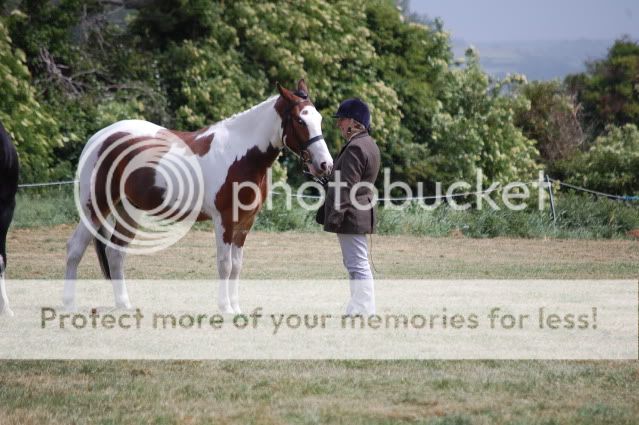TicTac
Well-Known Member
What would you consider an absolute no no when buying a horse? I know that everybody would like a horse that is perfectly put together, wouldn't we all. But do we turn down horses for faults that dont really cause a problem.
I'm talking about your average horse for the everyday rider that likes to do a bit of everything.
So as an example, some people wont buy a horse with a ewe neck, or wonky legs or sickle hocks etc. But surely these horses have a useful and sound life to somebody.
Have any of you got horses with less than perfect conformation and if so, what do you do with them and has the horse ever had a problem because of it?
I am currently looking for another horse and I've set me heart on a beautiful chap who's front legs aren't perfectly straight. ( I would have him vetted) 2 of my previous horses had pretty good conformation but still went wrong anyway!
I know the old saying, " Handsome is as handsome does " which is quite true and buying a horse is always a risk it's just that I dont seem to have much luck, but have to say that probably my best horses have had some less than perfect parts to them!
I'm talking about your average horse for the everyday rider that likes to do a bit of everything.
So as an example, some people wont buy a horse with a ewe neck, or wonky legs or sickle hocks etc. But surely these horses have a useful and sound life to somebody.
Have any of you got horses with less than perfect conformation and if so, what do you do with them and has the horse ever had a problem because of it?
I am currently looking for another horse and I've set me heart on a beautiful chap who's front legs aren't perfectly straight. ( I would have him vetted) 2 of my previous horses had pretty good conformation but still went wrong anyway!
I know the old saying, " Handsome is as handsome does " which is quite true and buying a horse is always a risk it's just that I dont seem to have much luck, but have to say that probably my best horses have had some less than perfect parts to them!


